Cancer Diagnostic Tests
Explore the comprehensive range of cancer diagnostic tests available today, from conventional imaging to cutting-edge molecular and genetic testing.
Understanding Cancer Diagnostic Tests
Early and accurate diagnosis is crucial for effective cancer treatment. Today, there is a wide range of diagnostic tests available, from conventional imaging and biopsy procedures to advanced molecular and genetic testing.
At Cancer A-Z, we believe in the power of precision medicine. By combining conventional diagnostic methods with advanced genetic testing, we can provide a more complete picture of your cancer, leading to more personalized treatment decisions.
Early Detection
Many tests are designed to detect cancer at its earliest, most treatable stages.
Precision Medicine
Advanced genetic testing helps identify specific mutations and biomarkers to guide treatment decisions.
Monitoring Treatment
Some tests can monitor how well treatment is working and detect recurrence early.
Why Comprehensive Testing Matters
No single test can provide all the information needed to make the best treatment decisions. By combining different types of tests, doctors can get a more complete understanding of your cancer.
- Conventional tests identify the location and size of tumors
- Advanced genetic tests reveal specific mutations driving cancer growth
- Liquid biopsy allows for non-invasive, real-time monitoring of cancer progression
- Combined results lead to more personalized and effective treatment plans
Speak to a cancer testing expert
Conventional Diagnostic Tests
These tests are commonly used to detect, diagnose, and stage cancer. They provide valuable information about the location, size, and appearance of tumors.
Imaging Tests
Computed Tomography (CT) Scan
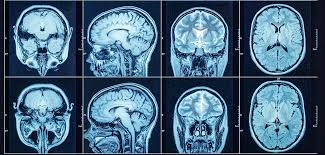
A Computed Tomography (CT) scan is an imaging test that uses a combination of X-rays and computer technology to create detailed, cross-sectional images of the body. Unlike regular X-rays, CT scans show both soft tissues and bones with much greater clarity, almost like looking at slices of the body.
Magnetic Resonance Imaging (MRI)

Magnetic Resonance Imaging (MRI) is a medical imaging test that uses a powerful magnetic field, radio waves, and a computer to create highly detailed images of the body’s organs and tissues. Unlike X-rays or CT scans, MRI does not use ionizing radiation.
Positron Emission Tomography (PET) Scan
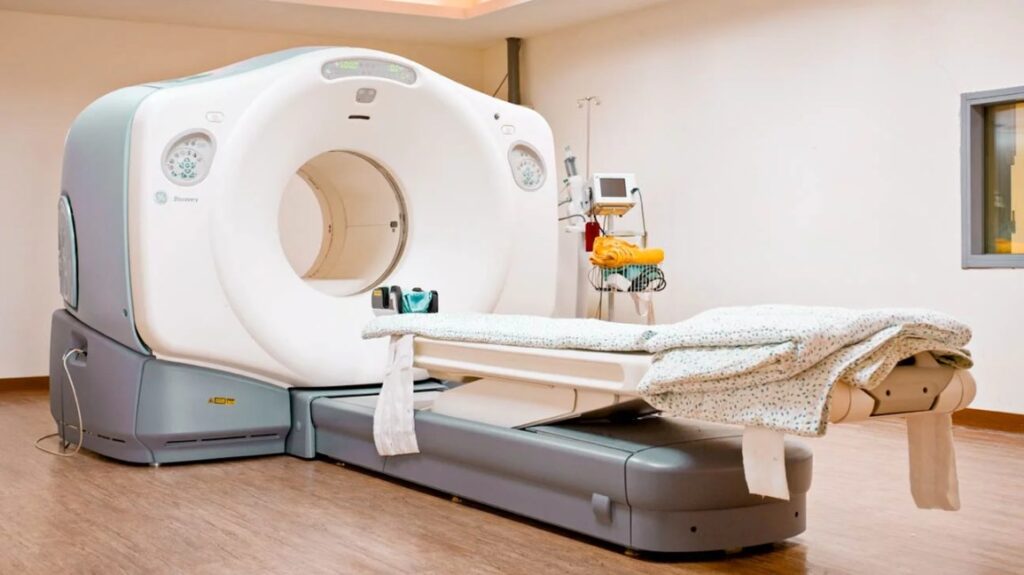
A Positron Emission Tomography (PET) scan is a type of imaging test that shows how tissues and organs are working — not just what they look like. Unlike X-rays, CT, or MRI, which show structure, a PET scan shows function and activity.
Ultrasound
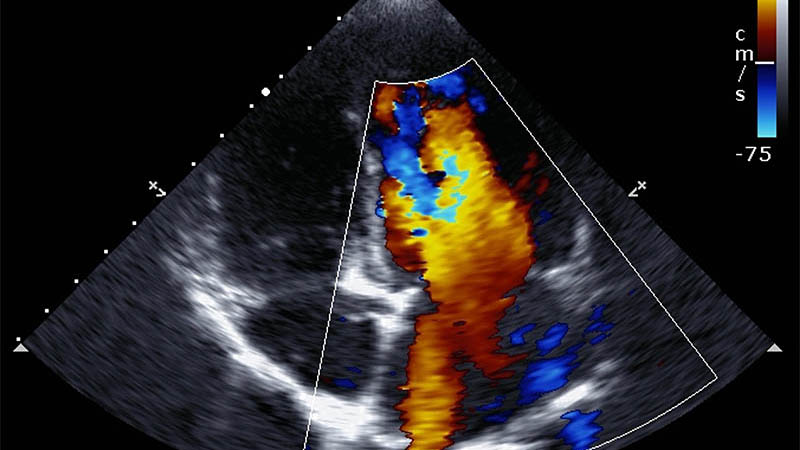
Ultrasound (sonography) is a medical imaging test that uses high-frequency sound waves to create real-time pictures of organs and tissues inside the body. Unlike X-rays, CT, or PET scans, ultrasound does not use radiation.
X-rays
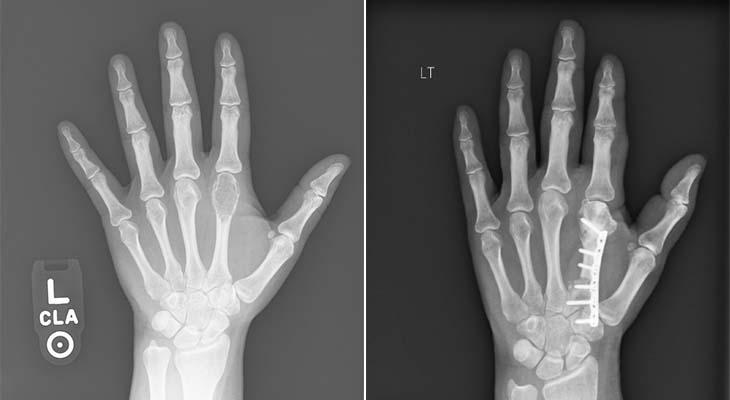
X-rays are a type of medical imaging test that uses a small dose of ionizing radiation to create pictures of structures inside the body. Dense materials like bone or tumors appear white, while softer tissues show up in shades of gray or black.
X-rays
Use low-dose radiation to create images of the inside of the body.
- Quick and painless
- Used to detect tumors in bones and chest
- Often the first test performed
Computed Tomography (CT) Scan
Takes detailed cross-sectional images of the body using X-rays and computer processing.
- Provides more detailed images than X-rays
- Used to detect, locate, and stage cancer
- May use contrast dye to enhance images
Magnetic Resonance Imaging (MRI)
Uses powerful magnets and radio waves to produce detailed images of organs and tissues.
- Does not use ionizing radiation
- Provides detailed images of soft tissues
- Used for brain, spinal cord, and pelvic cancers
Positron Emission Tomography (PET) Scan
Detects areas of increased metabolic activity, which can indicate cancer cells.
- Can detect cancer cells throughout the body
- Often combined with CT scan for more precise location
- Helps determine if cancer has spread
Ultrasound
Uses high-frequency sound waves to create images of internal organs and tissues.
- Non-invasive and does not use radiation
- Used to evaluate tumors in the abdomen, pelvis, and breast
- Can guide biopsies
Procedures
Endoscopy

Endoscopy is a medical procedure that uses a thin, flexible tube with a light and camera (called an endoscope) to look inside the body. It allows doctors to directly view internal organs and tissues, and often take biopsies at the same time.
Colonoscopy

A colonoscopy is a medical procedure that allows doctors to examine the inside of the large intestine (colon and rectum) using a long, flexible tube with a camera and light (a colonoscope).
Bronchoscopy
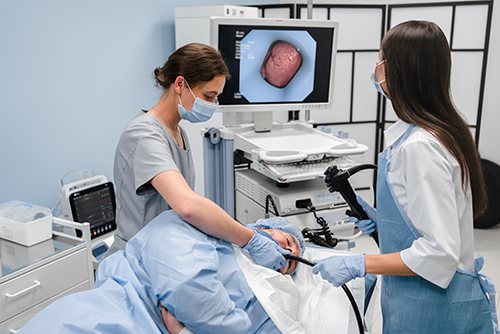
Bronchoscopy is a medical procedure that allows doctors to look inside the airways and lungs using a thin, flexible tube with a light and camera (called a bronchoscope).
Colonoscopy
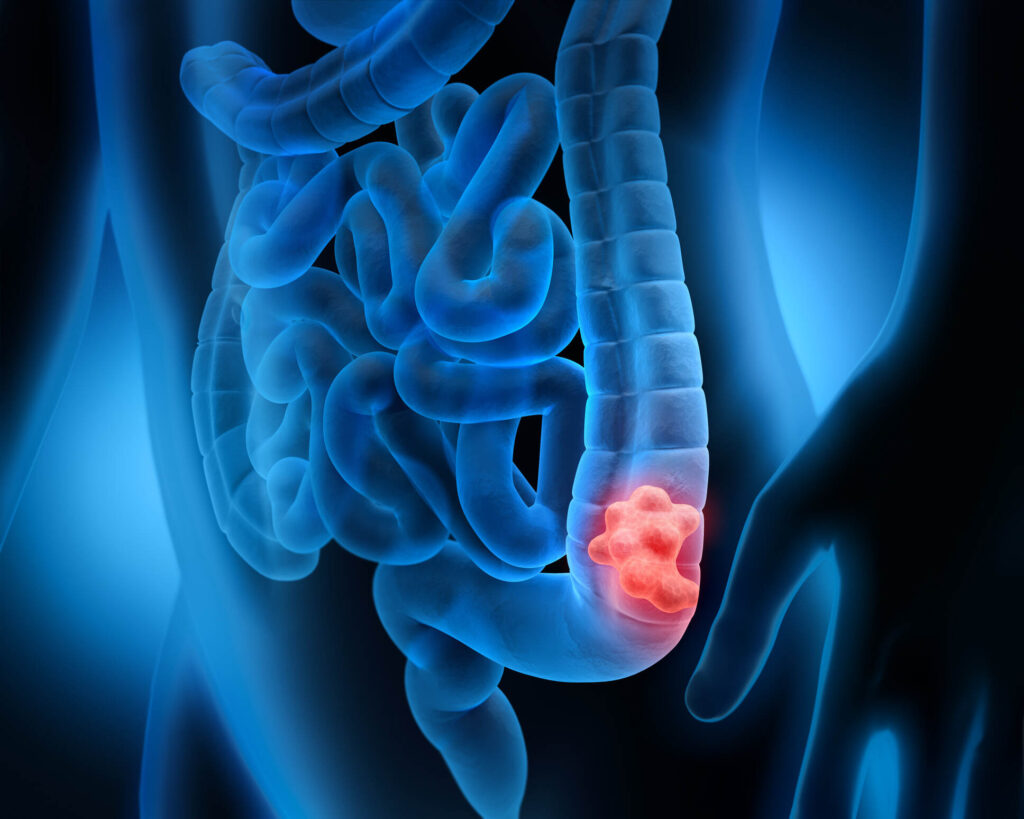
A colonoscopy is a medical procedure that allows doctors to examine the inside of the large intestine (colon and rectum) using a long, flexible tube with a camera and light (a colonoscope).
Biopsy
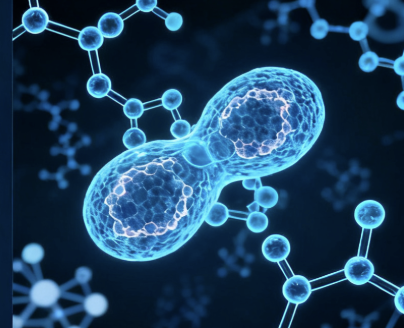
A biopsy is a medical procedure in which a small sample of tissue or cells is removed from the body so it can be examined under a microscope. Unlike imaging tests (X-ray, CT, MRI, PET, Ultrasound), which show pictures, a biopsy provides a definitive diagnosis by allowing pathologists to study the actual cells.
Biopsy
Removes a sample of tissue for examination under a microscope to determine if cancer cells are present.
- Provides a definitive diagnosis
- Different types: needle, surgical, endoscopic
- Can also determine the type and grade of cancer
Endoscopy
Uses a thin, flexible tube with a light and camera to examine the inside of organs and cavities.
- Allows direct visualization of tissues
- Can take biopsies during the procedure
- Used for esophagus, stomach, colon, and lungs
Bronchoscopy
A type of endoscopy that examines the lungs and airways using a bronchoscope.
- Diagnoses lung cancers and other lung diseases
- Can collect tissue or fluid samples
- May be used to place stents in blocked airways
Colonoscopy
Examines the entire colon and rectum using a long, flexible tube with a camera.
- Detects polyps and colorectal cancer
- Can remove polyps during the procedure
- Recommended for routine screening starting at age 45
Advanced Molecular and Genetic Tests
These cutting-edge tests analyze the genetic material and proteins in cancer cells to provide detailed information about the specific mutations driving your cancer.
Genetic Testing
Liquid Biopsy
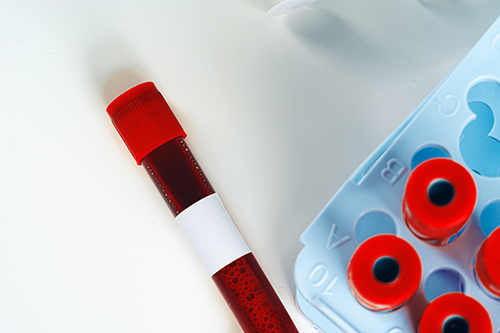
A liquid biopsy is a blood test that detects cancer-related materials circulating in the bloodstream
Circulating Tumor DNA (ctDNA)
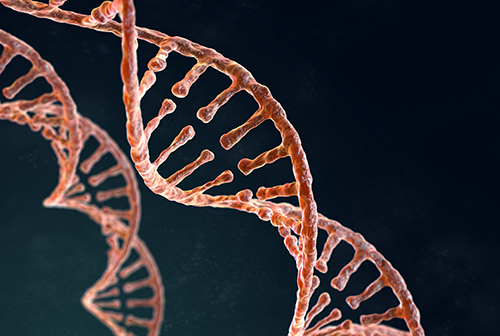
Circulating Tumor DNA (ctDNA) refers to small fragments of DNA that are shed by cancer cells into the bloodstream. These fragments carry the same genetic mutations as the tumor itself, making them a valuable tool for detecting and monitoring cancer through a simple blood test.
Circulating Tumor Cells (CTCs)
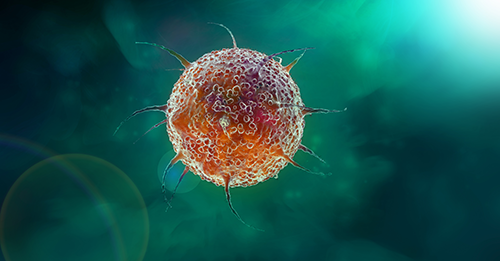
Circulating Tumor Cells (CTCs) are whole cancer cells that have broken away from a primary tumor and entered the bloodstream. Unlike ctDNA, which consists of DNA fragments, CTCs are intact living cells that carry genetic and protein information.
Molecular Profiling
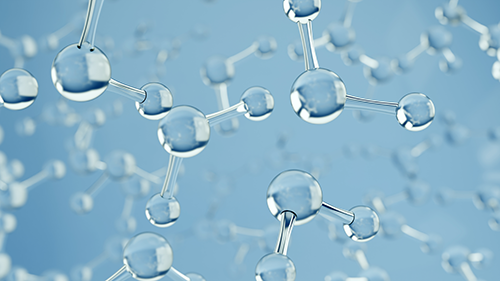
Molecular profiling (also called tumor profiling or genomic profiling) is a laboratory process that analyzes the genetic, epigenetic, and protein features of a tumor. The goal is to understand what is driving a cancer at the molecular level and use that information to guide personalized treatment decisions.
Next-Generation Sequencing (NGS)
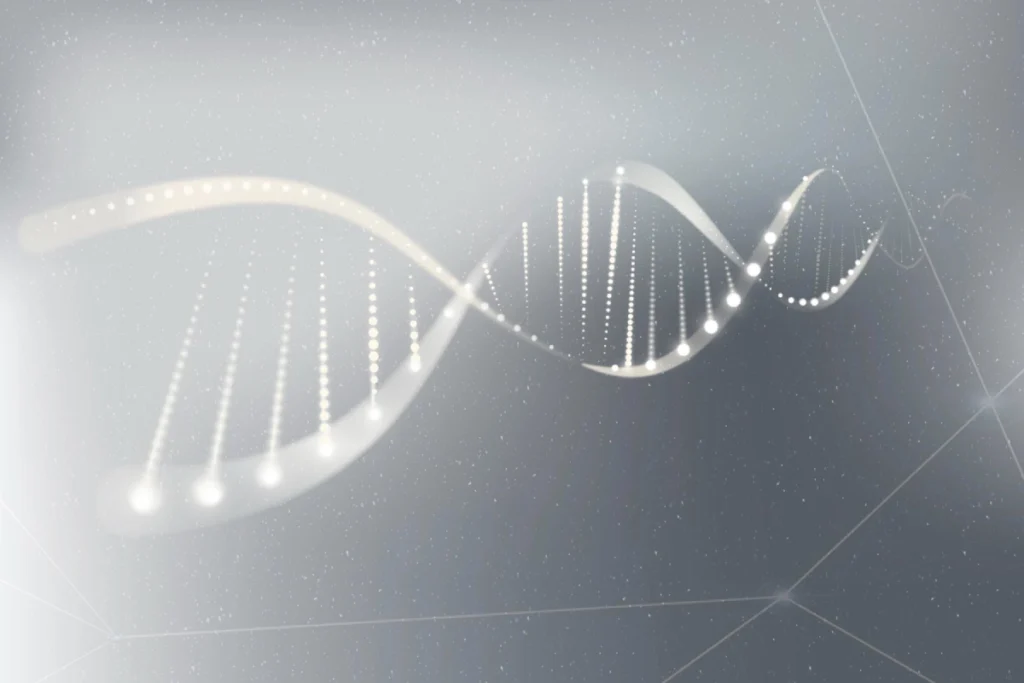
Next-Generation Sequencing (NGS) is a modern genetic testing technology that can analyze large amounts of DNA or RNA very quickly. Unlike older sequencing methods that read one gene at a time, NGS can sequence hundreds of genes simultaneously, providing a detailed picture of genetic changes in cancer cells.
Next-Generation Sequencing (NGS)
Sequences multiple genes simultaneously to identify genetic mutations and alterations in cancer cells.
- Identifies mutations in hundreds of genes
- Guides targeted therapy and immunotherapy decisions
- Can identify rare or novel mutations
Liquid Biopsy
Analyzes genetic material (DNA or RNA) released by cancer cells into the bloodstream.
- Non-invasive alternative to tissue biopsy
- Allows for real-time monitoring of cancer progression
- Detects minimal residual disease and recurrence
Circulating Tumor DNA (ctDNA)
A type of liquid biopsy that specifically analyzes DNA fragments shed by tumor cells into the bloodstream.
- Detects genetic mutations in tumors
- Monitors treatment response and resistance
- Early detection of recurrence
Circulating Tumor Cells (CTC)
Detects and analyzes intact cancer cells that have broken away from the primary tumor and are circulating in the bloodstream.
- Provides information about tumor biology
- Predicts prognosis and treatment response
- Monitors metastatic progression
Molecular Profiling
Analyzes the proteins, genes, and other molecules in cancer cells to identify specific targets for treatment.
- Identifies actionable targets for therapy
- Matches patients to clinical trials
- Personalizes treatment plans
Comparison of Cancer Detection Methods
| Test Type | Invasiveness | Genetic Information | Real-Time Monitoring | Cost | Time to Results |
|---|---|---|---|---|---|
| Conventional Biopsy | High (surgical or needle) | Limited (single-site sampling) | No | Moderate to High | Days to Weeks |
| CT Scan | Non-invasive | None | No | Moderate | Hours to Days |
| MRI | Non-invasive | None | No | High | Hours to Days |
| PET Scan | Non-invasive | None | No | High | Hours to Days |
| Liquid Biopsy (ctDNA) | Minimal (blood draw) | Comprehensive (genetic profile) | Yes | High | Days to Weeks |
| Circulating Tumor Cells (CTC) | Minimal (blood draw) | Comprehensive (intact cells) | Yes | High | Days to Weeks |
| Next-Generation Sequencing (NGS) | Varies (tissue or liquid biopsy) | Extensive (multi-gene analysis) | Limited | Very High | Weeks |
Why Choose Liquid Biopsy and CTC Testing?
Liquid biopsy and CTC testing offer significant advantages over traditional methods, including non-invasiveness, real-time monitoring, and the ability to detect genetic changes across the entire tumor landscape. These tests are particularly valuable for:
Treatment Guidance
Identifying genetic mutations that can be targeted with specific therapies, improving treatment effectiveness.
Early Detection
Detecting minimal residual disease and recurrence earlier than imaging tests, allowing for timely intervention.
Monitoring
Tracking treatment response and detecting resistance mutations in real-time, enabling treatment adjustments.
Why Choose Cancer A-Z for Your Cancer Testing?
Our team of experts specializes in precision oncology testing, ensuring you receive the most accurate and comprehensive results to guide your treatment decisions.
Advanced Testing
Access to the latest genetic and molecular testing technologies, including liquid biopsy and next-generation sequencing.
Expert Interpretation
Results interpreted by our team of board-certified pathologists and oncologists with expertise in precision medicine.
Personalized Care
Customized treatment recommendations based on your unique genetic profile and cancer type.
Find a Cancer Testing Specialist Near You
Our network of certified practitioners specializes in advanced cancer testing and precision medicine. Find a provider who can help you navigate the testing process and develop a personalized treatment plan.
Board-Certified Specialists
All practitioners are experts in cancer diagnostics and precision medicine.
Comprehensive Testing Options
Access to the latest conventional and advanced testing methods.
Personalized Care Plans
Treatment recommendations tailored to your specific genetic profile.

Dr. Sarah Khong
Director of Physician Development & Network Engagement, RGCC SEA
“Advanced testing has transformed how we treat cancer. By understanding the genetic makeup of each patient’s tumor, we can provide truly personalized care.”
Speak to a cancer testing expert
Frequently Asked Questions

Frequently Asked Questions About Cancer Testing
What is the difference between conventional and advanced cancer tests?
Conventional tests, such as imaging and biopsies, provide information about the location, size, and appearance of tumors. Advanced tests, such as genetic and molecular testing, analyze the DNA, RNA, and proteins in cancer cells to identify specific mutations and biomarkers that can guide treatment decisions.
How does liquid biopsy work, and how is it different from a traditional biopsy?
Liquid biopsy analyzes genetic material (DNA or RNA) or intact cells shed by tumors into the bloodstream. Unlike traditional biopsies, which require a tissue sample from the tumor, liquid biopsies are minimally invasive, requiring only a blood draw. They can provide a comprehensive view of the tumor’s genetic makeup, including mutations that may be missed by a single tissue biopsy.
Who should consider advanced genetic testing?
Advanced genetic testing is recommended for patients with cancer who:
- Have advanced or metastatic cancer
- Have not responded to standard treatments
- Are considering targeted therapy or immunotherapy
- Have a family history of cancer
- Want to participate in a clinical trial
Your doctor can help determine if genetic testing is appropriate for your specific situation.
How long does it take to get results from advanced cancer tests?
The time it takes to receive results varies depending on the type of test. Conventional tests like imaging and biopsies typically take days to weeks. Advanced genetic tests, such as next-generation sequencing, can take two to four weeks. Liquid biopsy results may be available in one to two weeks. Your healthcare provider will discuss the expected timeline with you.
How much do advanced cancer tests cost, and will insurance cover them?
The cost of advanced cancer tests can vary widely depending on the type of test, the number of genes analyzed, and your location. Some tests may cost several thousand dollars. Many insurance plans now cover genetic testing for certain cancers, especially if recommended by a healthcare provider. It’s important to check with your insurance provider to determine coverage and any out-of-pocket costs.
Can cancer tests detect all types of cancer?
No single test can detect all types of cancer. Different tests are used depending on the type of cancer suspected, its location, and other factors. For example, mammograms are used to screen for breast cancer, colonoscopies for colorectal cancer, and Pap smears for cervical cancer. Advanced genetic tests can provide information about specific mutations in many types of cancer but are not typically used as screening tools.
Get More Information About Cancer Testing
Our team of experts is available to answer your questions about cancer testing and help you determine which tests are right for you or your loved one.
Call Us
+852 1234 5678
Email Us
mycancerinfoorg@gmail.com
Visit Us
Hong Kong 1234
Hours of Operation
Monday – Friday:8:00 AM – 6:00 PM
Saturday:9:00 AM – 2:00 PM
Sunday:Closed
